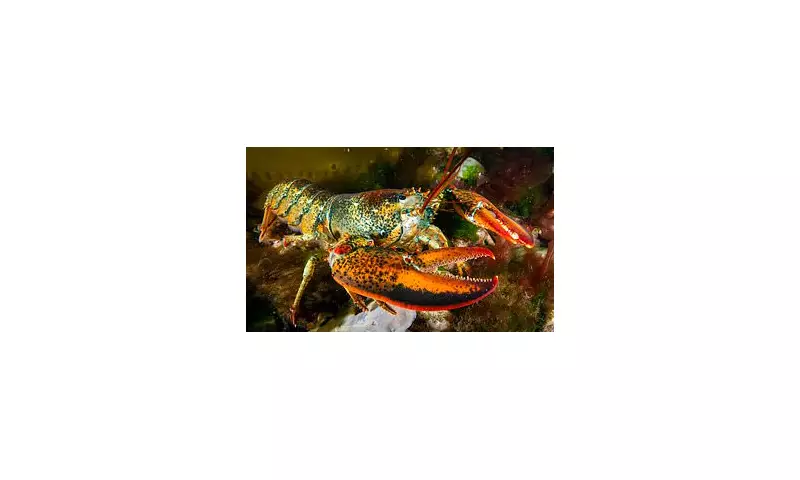
In a disturbing discovery that could reshape our relationship with seafood, scientists have uncovered alarming levels of microplastic contamination within one of Britain's most prized culinary delicacies: the lobster.
The Hidden Contamination Crisis
Recent research conducted by marine biologists has revealed that these crustaceans are accumulating microscopic plastic particles at unprecedented rates. The study, focusing on lobsters from British coastal waters, found that these creatures are effectively becoming living repositories for plastic pollution.
The contamination occurs through multiple pathways, with lobsters ingesting microplastics directly from the water column and through their food sources. These tiny plastic particles, often invisible to the naked eye, are becoming embedded in the lobsters' tissues and digestive systems.
From Ocean to Plate: The Human Impact
What makes this discovery particularly concerning is the potential impact on human health. As lobsters move from fishing grounds to dinner plates, consumers may be unknowingly ingesting these plastic particles along with their seafood.
While the full health implications remain under investigation, scientists express growing concern about the long-term effects of microplastic consumption. "We're seeing contamination levels that demand immediate attention," stated one lead researcher.
Broader Implications for Marine Life
The lobster findings represent just the tip of the iceberg in understanding microplastic pollution's impact on marine ecosystems. Researchers note that similar contamination is likely affecting other shellfish and marine species throughout UK waters.
- Multiple species at risk of contamination
- Ecosystem-wide implications for marine food chains
- Potential economic impact on UK fishing industry
- Growing concern for sustainable seafood practices
The Urgent Need for Action
This research highlights the critical need for addressing plastic pollution at its source. Scientists are calling for:
- Enhanced monitoring of microplastics in seafood
- Stricter regulations on plastic waste management
- Increased public awareness about plastic pollution
- Development of cleaner fishing and aquaculture practices
The discovery serves as a stark reminder that our plastic waste problem doesn't simply disappear—it finds its way back to us through the food we eat and the ecosystems we depend on.





